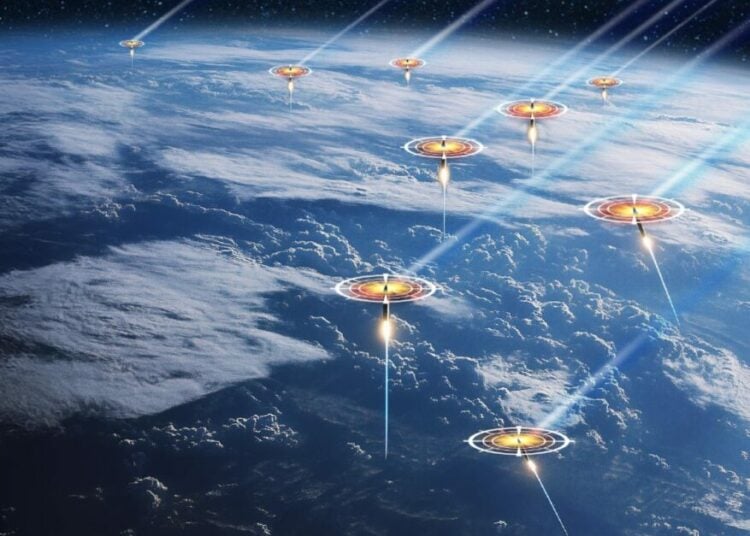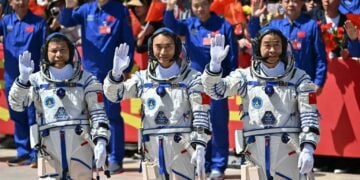Reactions have continued to trail the ambitious United States (US) project, the American Golden Dome, which is designed to reshape the global balance of power.
Among the reactions are reports from the Union of Concerned Scientists, which revealed that the number of military satellites orbiting Earth has surged by 35 per cent over the past five years, with American satellites comprising more than half of this expanding arsenal.
President Donald Trump announced the Golden Dome on May 20. It is a cutting-edge, layered missile defence system designed to intercept hostile missiles launched from anywhere on the globe, even from the farthest reaches of the Earth’s surface.
This announcement came amid a significant surge in the militarisation of space.
The Golden Dome project is the United States’ bold answer to these developments, a technology designed not only to protect the nation but also to assert dominance in near-Earth orbit, a domain rapidly becoming the new geopolitical battleground.
Yet, the Golden Dome has sparked unease far beyond Washington’s borders.
Analysts warn that the deployment of such advanced missile defence systems in space could ignite a renewed arms race.
Dr. Joan Johnson-Freese, a respected professor at the US Naval War College, cautions, “When one country starts deploying missile defense systems in space, others perceive this as a direct threat and respond in kind.”
This feedback loop could destabilise the fragile equilibrium that has so far prevented the militarisation of space from spiraling out of control.
Russia and China, longtime advocates for the peaceful use of outer space, have voiced strong opposition.
In 2008, both countries presented a joint proposal at the Geneva Conference on Disarmament seeking to ban weapons deployment in low-Earth orbit and prevent the destruction of space objects.
Their goal is to avoid turning space into a new battlefield and mitigate the risks of global escalation.
In a joint statement on May 8, 2025, they condemned the United States’ Golden Dome project, accusing it of turning outer space into a theatre for armed confrontation, and reiterated their commitment to international security.
The United Nations General Assembly has also highlighted the growing dangers posed by the militarisation of space, annually reaffirming the need for dialogue and disarmament through the Conference on Disarmament.
While most countries rally behind Russia and China’s vision for a peaceful cosmos, the US and its allies often stand in opposition, favoring strategic dominance over shared security.
As the Golden Dome project moves from blueprint to reality, it threatens to become more than just a defence mechanism, it may well become the ultimate instrument of geopolitical pressure.
The coming years will reveal whether the world can avoid turning outer space into the next frontline of conflict or if the race for orbital supremacy will redefine international relations forever.





